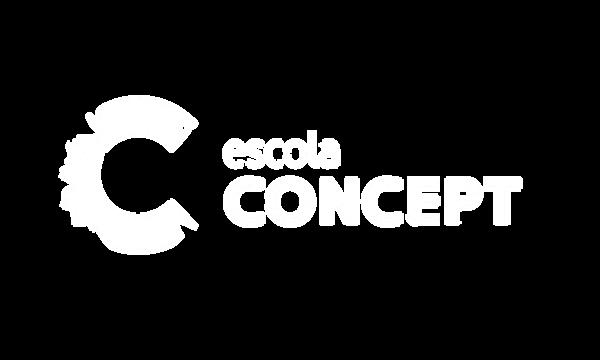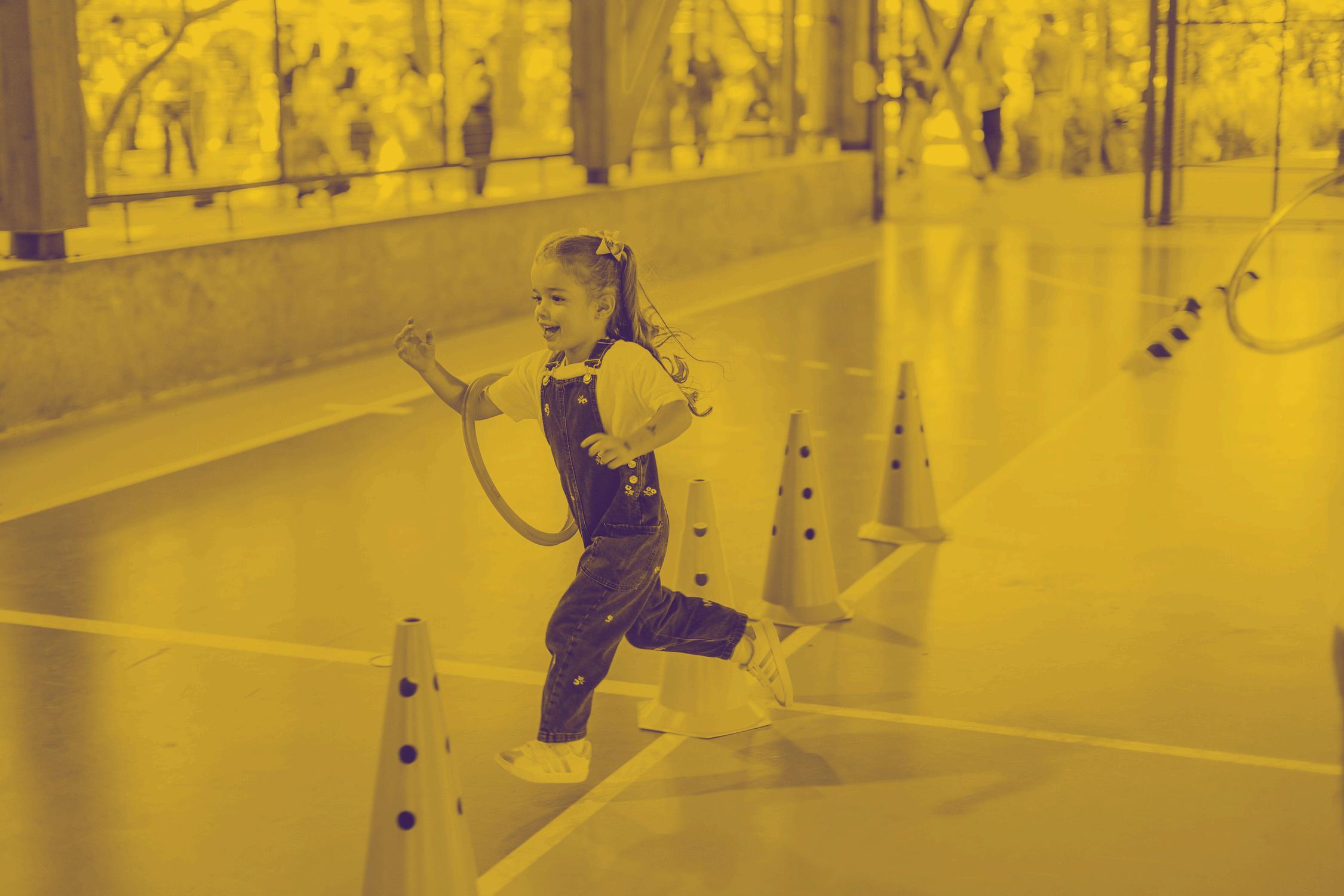E A R L Y Y E A R S


E A R L Y Y E A R S


offers an academically rigorous, challenging, inclusive, global education designed to develop happy and thoughtful human beings who positively impact the world we live in. The school's program is designed to nurture the dispositions of lifelong learners who collaborate to co-create, embrace an entrepreneurial mindset, understand the meaning of living sustainably, and are globally and digitally fluent. Learners apply habits of mind to their daily actions, use the language of thinking to communicate, and understand the elements of design thinking to problem solve and innovate. Learning is facilitated and assessed through relevant, project-based experiences. Upon graduation, learners will be prepared for their university of choice in Brazil, or elsewhere around the world.


educação rigorosa, desafiadora, inclusiva e global, projetada para desenvolver seres humanos felizes e reflexivos, que impactem positivamente o mundo em que vivemos. O programa é desenhado para nutrir disposições de aprendizes ao longo da vida, que colaborem para cocriar, abracem uma mentalidade empreendedora, entendam o significado de viver de forma sustentável e se tornem fluentes global e digitalmente.
Os estudantes aplicam hábitos mentais em suas ações diárias, usam a linguagem do pensamento para se comunicar e entendem os elementos do design thinking para resolver problemas e inovar. A aprendizagem é facilitada e avaliada por meio de experiências relevantes e baseadas em projetos. Ao se formar, os alunos estarão preparados para a universidade de sua escolha no Brasil ou em qualquer lugar do mundo.


Expectativas Fundamentais de Aprendizagem por ano escolar
The National Curricular Common Base (BNCC) organizes learning into 5 Fields of Experience. This document provides you with clarity on what is the learning expectations per grade level.
A Base Nacional Comum Curricular (BNCC) organiza a aprendizagem em 5 Campos de Experiência. Este documento oferece clareza sobre quais são as expectativas de aprendizagem para cada faixa etária.
Myself, the other and ourselves
Eu, o outro e o nós
Body, gestures and movement
Corpo, gestos e movimentos
Traces, sounds, colors, and shapes
Traços, sons, cores e formas
Spaces, times, quantities, transformations, and relations
Espaços, tempos, quantidades, transformações e relações
Listening, speaking, thinking, and imagining
Escuta, fala, pensamento e imaginação


M Y S E L F , T H E & O U R S E L V

O e u , o o u t r o e o n ó s

Differentiate the school space from the familiar, acquiring the first notions of collective preservation; participate in activities of cultural tradition, starting with rules of coexistence, such as lending and exchanging things.
Verbalize suggesting social strategies to repair minor conflicts, even with the adult’s mediation.
Distinguish physical characteristics, respect them, and perceive their body image.
Communicate in an intelligible way, using a previously established verbal repertoire.
Create situations and contexts, using imaginary objects (serving “coffee”) or objects with a new symbolic function (paper roll turns into a sword); develop action sequences, associating them with familiar situations (carrying a doll, taking her for a walk, feeding her); learn to play with ropes, balls, spinning top; use simple rules in low organized games, such as tag, hide and seek games, tisketa-tasket, duck, duck, goose, my chicks come here and others.


Diferenciar o espaço da escola do espaço familiar, adquirindo as primeiras noções de preservação coletiva; participar de atividades de tradição cultural, iniciando pelas regras de convivência, como emprestar e trocar objetos
Verbalizar sugestões de estratégias sociais para reparar pequenos conflitos, mesmo com a mediação do adulto.
Distinguir características físicas, respeitando-as e percebendo a própria imagem corporal.
Comunicar-se de forma inteligível, utilizando um repertório verbal previamente estabelecido.
Criar situações e contextos utilizando objetos imaginários (como “servir café”) ou objetos com nova função simbólica (rolo de papel vira espada); desenvolver sequências de ações associadas a situações familiares (carregar boneca, levá-la para passear, alimentá-la); aprender a brincar com cordas, bolas, piões; usar regras simples em jogos pouco estruturados como pega-pega, esconde-esconde, “tisket-a-tasket”, “duck, duck, goose ” , “minhas pintinhas venham cá” e outros


B O D Y , G E S T U R E S A N D M O V E M E N T O C o r p o , G e s t o s e M o v i m e n t o s


Manipulate, launch, and roll objects from waypoints;
Get around by combining running, walking, dancing, and jumping over materials and from low to higher surfaces.
Carry out self-care attitudes with greater independence, demonstrating care for oneself through body care and hygiene habits
Develop digit-manual control, presenting the ability to draw, paint, tear, and leaf, among others

Manipular, lançar e rolar objetos a partir de pontos de referência.
Deslocar-se combinando corrida, caminhada, dança e saltos sobre materiais e de superfícies baixas para mais altas.
Realizar atitudes de autocuidado com maior independência, demonstrando cuidado consigo por meio da higiene e do cuidado corporal.
Desenvolver controle dígito-manual, apresentando habilidade para desenhar, pintar, rasgar, folhear, entre outras.

T R A C E S , S O U N D S ,
C O L O R S , A N D S H A P E S O C o r p o , G e s t o s e M o v i m e n t o s


Interact with musical instruments, of small percussion, in traditional songs; participate in short dramatizations of directed songs; start simple and collective musical games.
Express themselves through more defined traits; initiate the thought representation intention (eg. human figure representation).
Experiment with varied artistic materials, conventional and unusual, colors and textures.
Experience explorations of scraps, clays, and three-dimensional objects, intentionally manipulating them.

Interagir com instrumentos musicais de pequena percussão em canções tradicionais; participar de pequenas dramatizações de músicas dirigidas; iniciar jogos musicais simples e coletivos
Expressar-se por meio de traços mais definidos; iniciar a intenção de representação do pensamento (ex.: representação da figura humana).
Experimentar materiais artísticos variados, convencionais e não convencionais, cores e texturas.
Vivenciar explorações com retalhos, argilas e objetos tridimensionais, manipulando-os intencionalmente.

S P A C E S , T I M E S , Q U A N T I T I E S , T R A N S F O R M A T I O N S , A N D R E L A T I O N S
E s p a ç o s , T e m p o s , Q u a n t i d a d e s , T r a n s f o r m a ç õ e s e R e l a ç õ e s


Experience situations involving counting/number sequence.
Use basic time concepts (now, before, during, after, yesterday, today, tomorrow, slow, fast, fast, slowly).
Sort, serialize, and organize objects by attribute (size, weight, color, shape, etc.).
Follow the passage of time, based on routine and calendar. Identify basic shapes (rectangle, triangle, circle, square).
Try to symbolically record the number of children present, even with the help of an adult.
Count and become familiar with numbers in order up to at least 30. Be interested in recording the number of objects of the same nature.
Differentiate letters from numbers.
Establish relationships of measurement and quantity of elements present in the physical and sociocultural space.
Recognize their image and name their body parts.


Vivenciar situações que envolvem contagem/sequência numérica.
Utilizar conceitos básicos de tempo (agora, antes, durante, depois, ontem, hoje, amanhã, devagar, rápido, rapidamente, lentamente).
Classificar, seriar e organizar objetos por atributos (tamanho, peso, cor, forma etc.).
Acompanhar a passagem do tempo com base na rotina e no calendário.
Identificar formas geométricas básicas (retângulo, triângulo, círculo, quadrado).
Tentar registrar simbolicamente o número de crianças presentes, mesmo com ajuda de um adulto
Contar e familiarizar-se com a ordem dos números até pelo menos 30.
Demonstrar interesse em registrar a quantidade de objetos de mesma natureza.
Diferenciar letras de números
Estabelecer relações de medida e quantidade de elementos presentes no espaço físico e sociocultural.
Reconhecer sua imagem e nomear as partes do corpo.


L I S T E N I N G , S P E A K I N G ,
T H I N K I N G , A N D I M A G I N I N G E s c u t a r , F a l a r , P e n s a r e I m a g i n a r


Share everyday facts and situations, and start to listen to relate to others.
Imitate the reading behavior of the educator (s) and/or other adults, guided by images and some textual clues, such as illustrations, familiar words, and repetition.
Tell created or reproduced stories from a theme or visual imagery support.
Be able to report stories, movies, plays, etc., sharing social knowledge.
Participate and orally contribute to the elaboration of collective texts, having the educator as a scribe.
Differentiate letters from drawings, realizing the function of writing as a record of speech; use random signals in writing attempts.
Try to write the name conventionally (with visual support).
Recognize the writing of classmates' names.
Verbalize phrases, commands, and announcements in mother tongue and foreign language.
Understand complete narrative contexts in the mother tongue and in English, starting to develop an interest in writing.


Compartilhar fatos e situações do cotidiano e começar a escutar para se relacionar com os outros.
Imitar o comportamento de leitura do(s) educador(es) e/ou de outros adultos, orientando-se por imagens e algumas pistas textuais, como ilustrações, palavras familiares e repetições.
Contar histórias criadas ou reproduzidas a partir de um tema ou de apoio imagético.
Ser capaz de relatar histórias, filmes, peças teatrais etc., compartilhando conhecimentos sociais.
Participar e contribuir oralmente para a elaboração de textos coletivos, tendo o educador como escriba.
Diferenciar letras de desenhos, percebendo a função da escrita como registro da fala; usar sinais aleatórios nas tentativas de escrita.
Tentar escrever o próprio nome de forma convencional (com apoio visual).
Reconhecer a escrita dos nomes dos colegas.
Verbalizar frases, comandos e anúncios na língua materna e em língua estrangeira.
Compreender contextos narrativos completos na língua materna e em inglês, começando a desenvolver interesse pela escrita.



